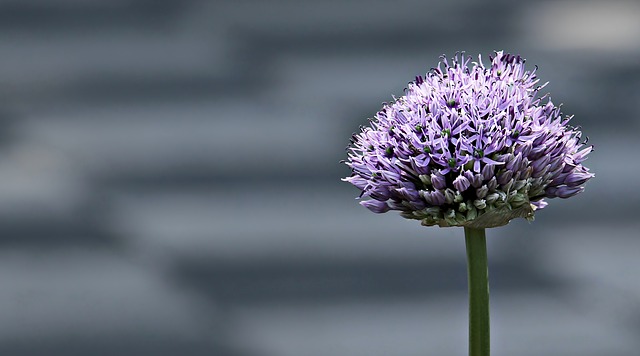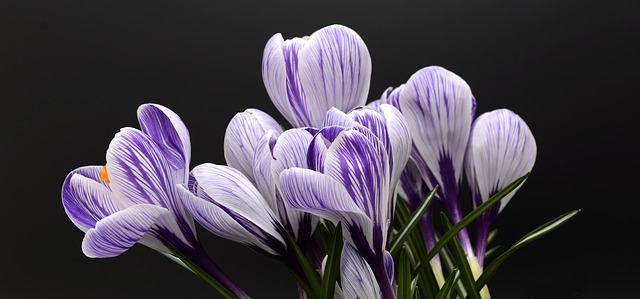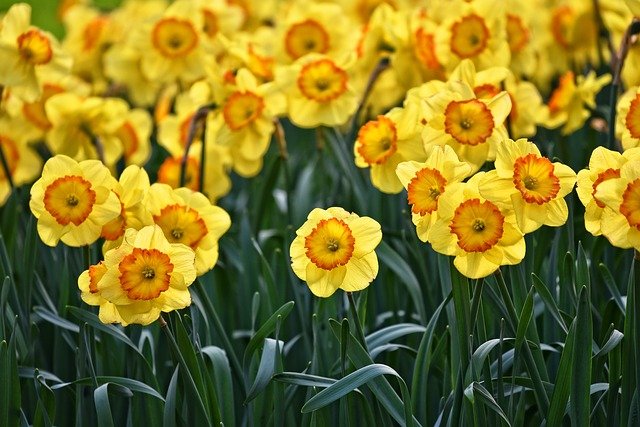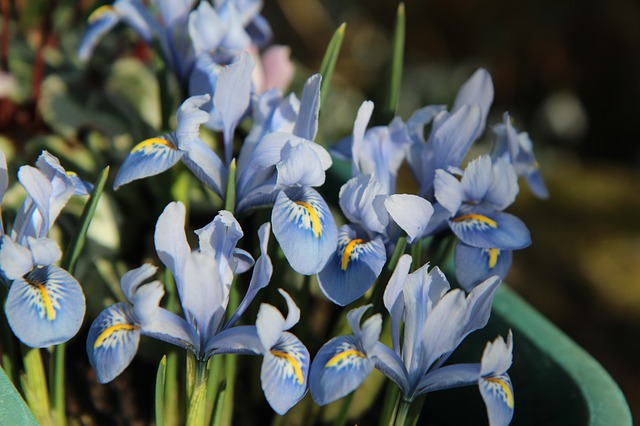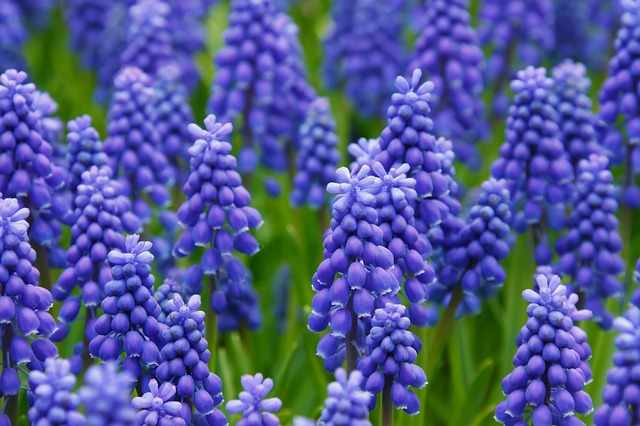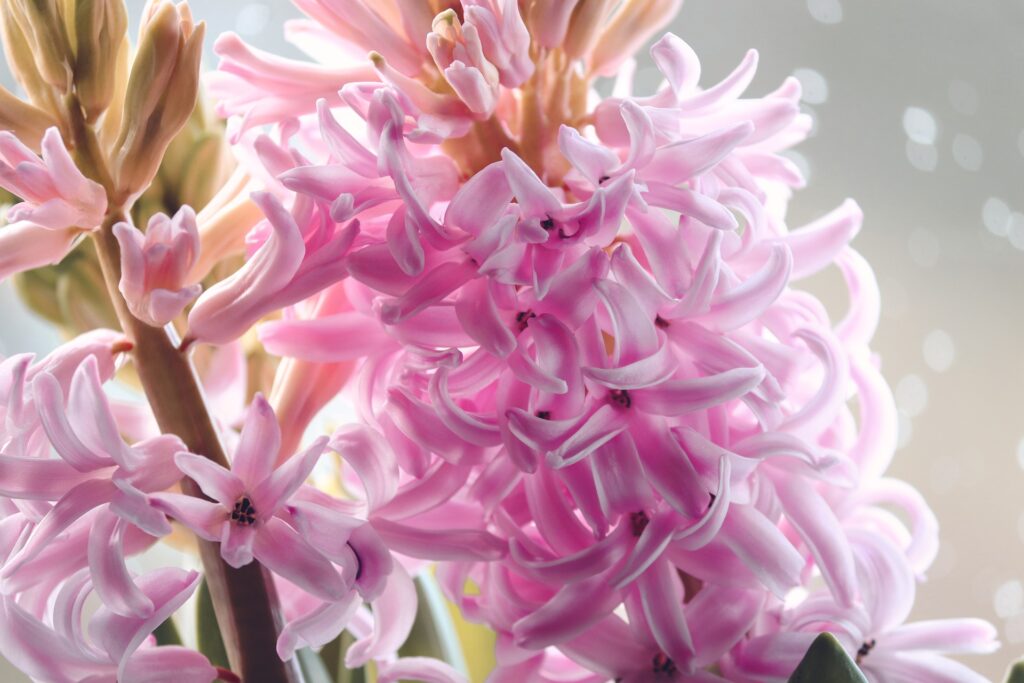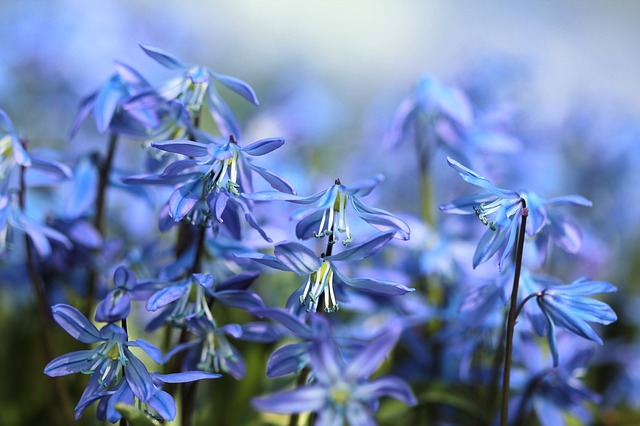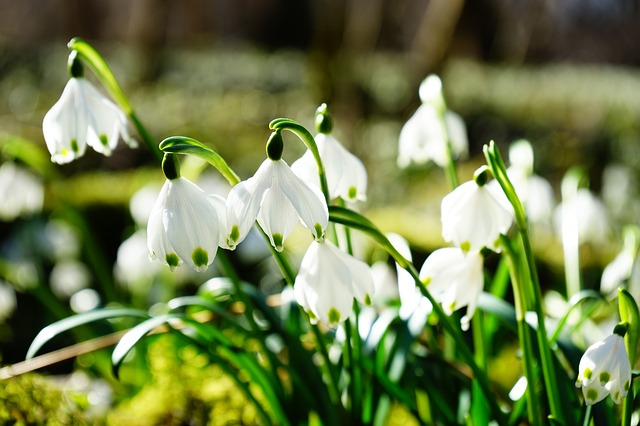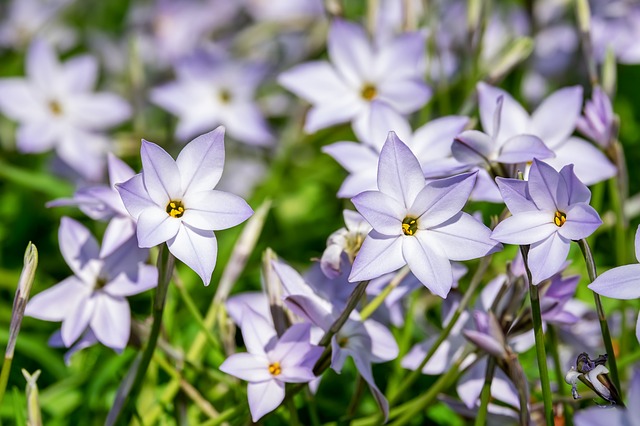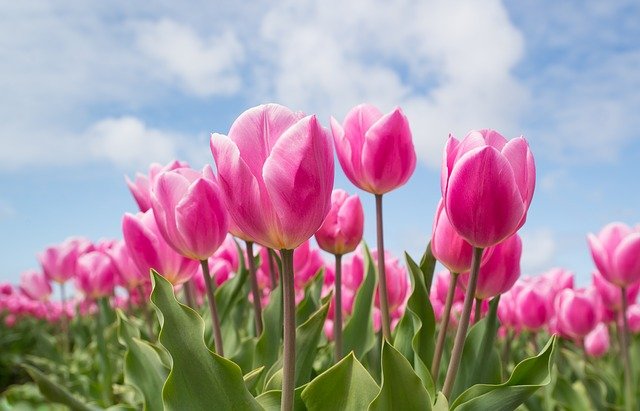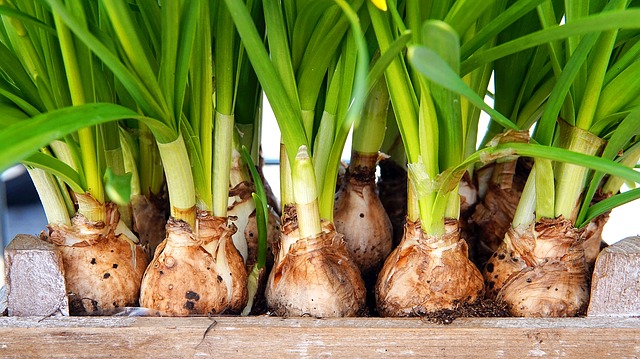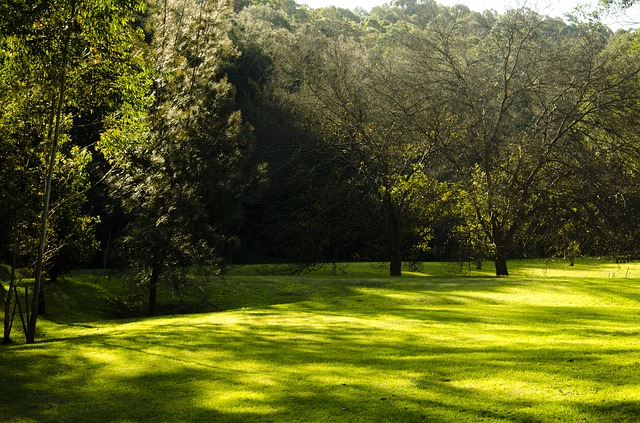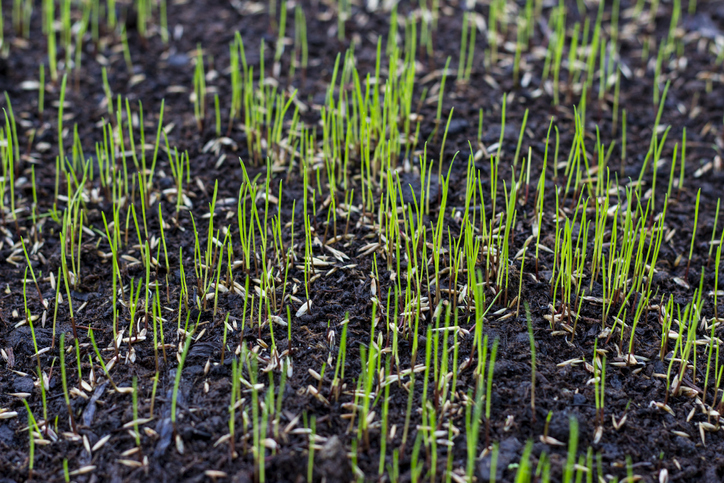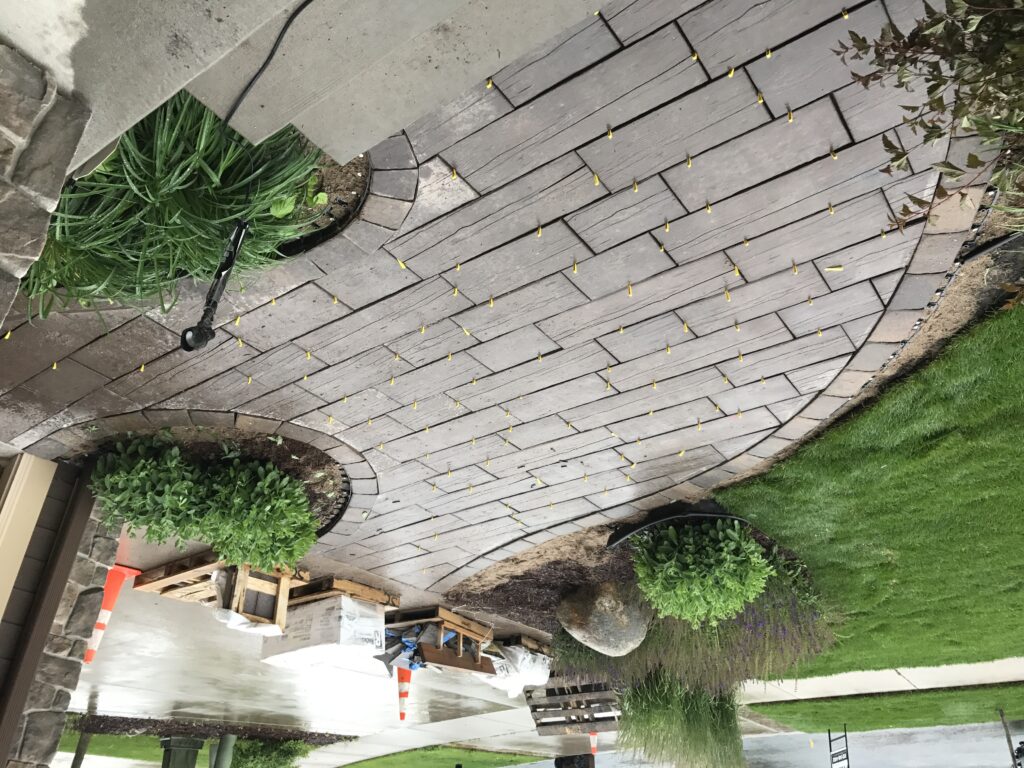When fall comes, one of the things you want to do is make sure that you are getting your garden tools ready for the winter. This means taking care of them and storing them properly. Below are four tips that you can use to help your garden tools last longer.
Correctly Store Your Garden Tools
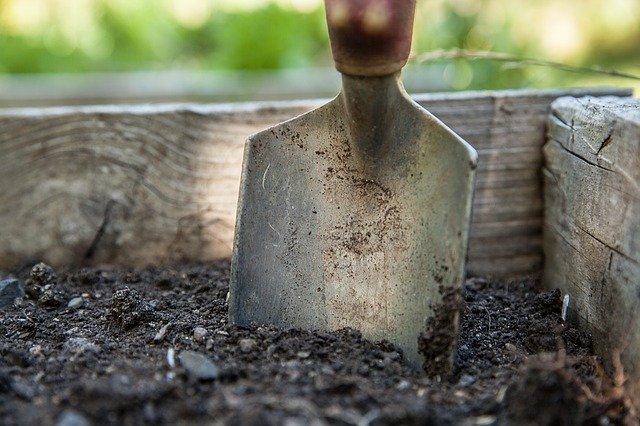
Most things that you do in your garden are done seasonally. However, even if you know you’re going to use the trowel, shears or shovel tomorrow, you should put them away. After you clean them, put them back in storage. This way they are going to stay dry and hopefully free of rust.
So that your small hand tools and trowels are kept free of rust and where you can be found, fill up a bucket or big flowerpot with sand. Then add 1 cup vegetable oil. Mix it well and then put your tools’ metal ends into this oiled sand.
If you can, hang your bigger tools from a pegboard or hooks. This is going to prevent the handles from becoming warped and help keep the metal areas dry and off of the floor.
Care for The Wooden Handles
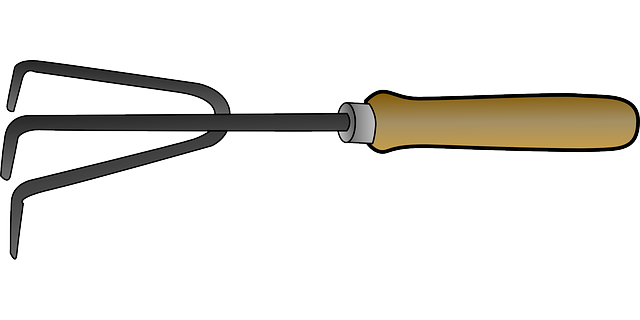
If the tools you use have handles made of wood, that wood is going to begin drying out eventually, which will lead to it splitting and loosening from its metal part. Sanding these handles 1-2 per year using sandpaper with medium grit to remove any rough spots and rubbing using linseed oil will help protect the wooden handles and repel water.
If need be, you can replace most of the handles by taking the metal part from it and then putting the new handle on.
Oil Any Moving Components of Garden Tools
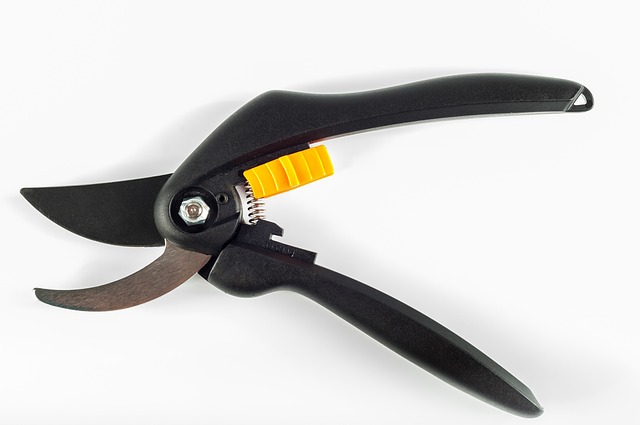
The tools that have moving components such as pruners, shears or snips will need oil so that the moving parts will work smoothly. You can do this by putting 1-2 drops of machinery oil on their hinged parts.
It also can help to take the tools apart each year and use machinery oil for rubbing the components such as bolts and screws down. This will help to remove any mineral deposits and rust that you may not know are there.
Sharpen Edges and Blades
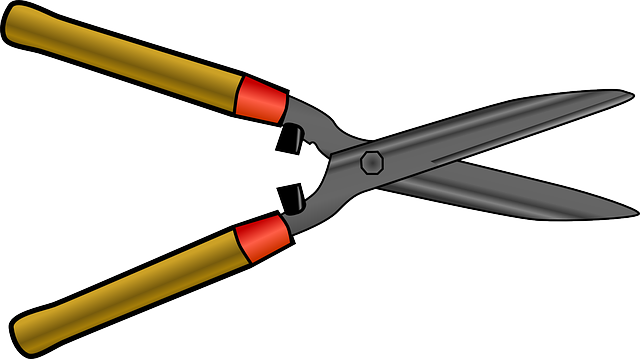
Any of your gardening tools that have edges, such as hoes, pruners, snips and shovels should occasionally be sharpened. 10” flat mile files can be used for the larger edges and blades and finer, smaller edges you can sharpen using a whetstone.
First wipe down your blade using WD-40. Then file your edges at an angle of 20-45 degrees. Make sure you follow its original bevel. You should finish this job off by using a nice, soft cloth to remove any of the metal shavings that are left over.
These are four tips that you can use to help keep your garden tools in good shape and working well.




